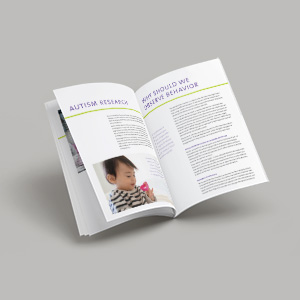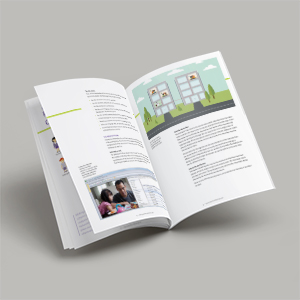How to collect high quality data in an observation lab
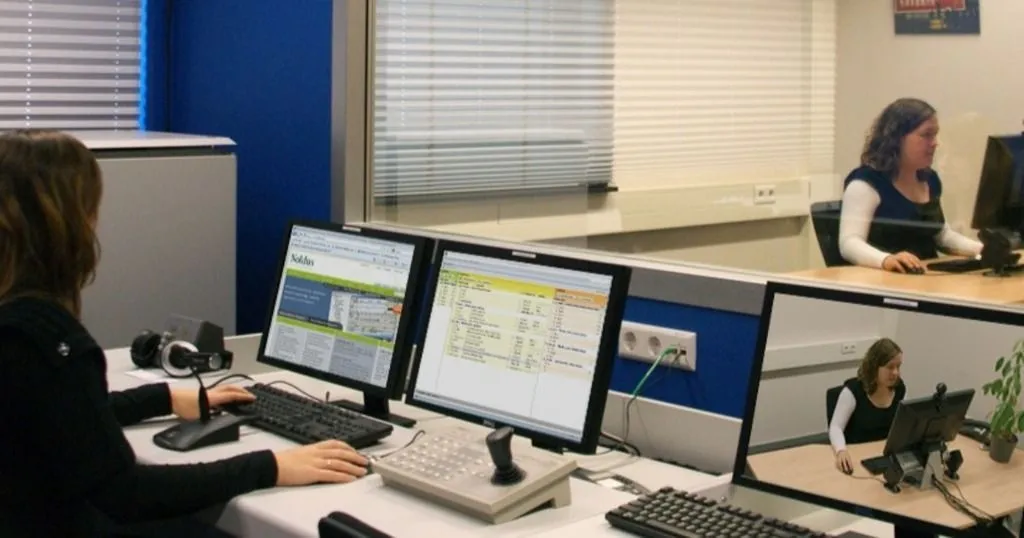
Controlled conditions and accurate data recording are key in scientific success. A stationary observation lab provides these controlled conditions while allowing scientists to observe test participants unobtrusively.
Posted by
Published on
Thu 18 Nov. 2021
Topics
| Consumer Behavior | Emotion Recognition | Living Labs | Labs | Stationary Research | The Observer XT | Video Observation | Observational Research |
Observational research is often best carried out in a stationary lab. Controlled conditions and accurate data recording are key in scientific success and a stationary lab provides these controlled conditions while allowing scientists to observe test participants unobtrusively.
How to collect high quality data in an observation lab
Behavioral researchers have developed a refined methodology to evaluate behavioral change that depends upon accurate measurement of behavior. Direct observation of behavior has traditionally been the pillar of behavioral measurement. Consequently, researchers must attend to the psychometric properties, such as interobserver agreement, of observational measures to ensure reliable and valid measurement (source).
Interobserver agreement refers to the extent to which two or more independent observers report the same observed values after measuring the same events. Furthermore, interrater reliability is the extent to which two or more raters (or observers, coders, examiners) agree (source).
Research in a Noldus Observation Lab
With a Noldus observation lab, comparing across sessions and quantifying data is very straightforward. It is possible to combine video observations, physiological data collection, facial expression analysis, sensory testing, and more in a lab. And thus a myriad of different experiment setups and designs based on the type and position of cameras, microphones, eye trackers, webcams: whatever is necessary to gather rich and meaningful data.
See some examples of research in an observation lab, and interobserver agreement percentages below.
1) Investigating the organization of spontaneous eye blinks
Mei-Hua Lee et al. investigated the mean rate and time-dependent sequential organization of spontaneous eye blinks in adults with intellectual and developmental disabilities. They also explored the behavior of individuals from this group who were additionally categorized with stereotypic movement disorder.
So how did they set up their behavior experiment? They positioned one camera in a clinical exam room. Researchers then asked test participants to sit in a chair and look directly into the camera. This observation room was created to record natural, spontaneous eye-blink behavior while free of external noise and interruption.
Two observers coded the recordings and reached an average of 93.2% interobserver agreement.
2) Exploring the relationships between sensory perception and facial reactions
Wendin et al. recorded behavior using a dome camera. Participants were asked to taste several samples served in plastic cups. The dome camera was located in the ceiling approximately 3 meters from the test participant, and after the experiment two trained observers coded facial expressions.
The aim of this study was to explore relationships between sensory perception and facial reactions. The observers rated the facial reactions such as frown, eye widening, and lips pursed independently with inter-observer agreement exceeding 90%.
In the end they concluded that a combination of sensory and facial expression analysis successfully added insight into the perception of basic tastes.
3) Studying play behavior in an observation lab
Freeman and Kasari of the Semel Institute for Neuroscience and Human Behavior observed play behavior, in particular to which extend parents of young children with autism match and support their child’s play. The researchers designed an observation lab with an assessment room and an observation room.
The study focused on the similarities and differences in play interactions between dyads with and without a child with autism. Parents - both of children with autism and with typically developing children - were invited to the observation lab for assessments. Trained lab members coded parent and child behaviors displayed in the play session afterwards, using The Observer XT.
Reliability was calculated on several components:
- Types and frequencies of play behaviors. Overall average intraclass correlation coefficient was 0.97.
- Scheme duration and frequency. The child-initiated schemes’ duration and parent-initiated schemes’ duration scored the highest coefficients: 0.99.
- Play acts. The highest intraclass correlation coefficients was found on imaginative child’s play act: 0.87.
The research team concluded that children with autism differed from typical developing children in their level of play, and child engagement was affected by specific parent interaction strategies. Read the full blog post on their study here.
References- Lee, M.; Bodfish, J.W.; Lewis, M.H.; Newell, K.M (2010). Low dimensional temporal organization of spontaneous eye blinks in adults with developmental disabilities and stereotyped movement disorder. Research in Developmental Disabilities, 31, 250-255.
- Wendin, K.; Allesen-Holm, B.H.; Bredie, W.L.P. (2011). Do facial reactions add new dimensions to measuring sensory responses to basic tastes?, Food Quality and Preference, 22 (4), 346-354.
- Freeman, S.; Kasari, C. (2013). Parent-child interaction in autism: Characteristics of play, Autism, doi 10.1177/1362361312469269.
Related Posts
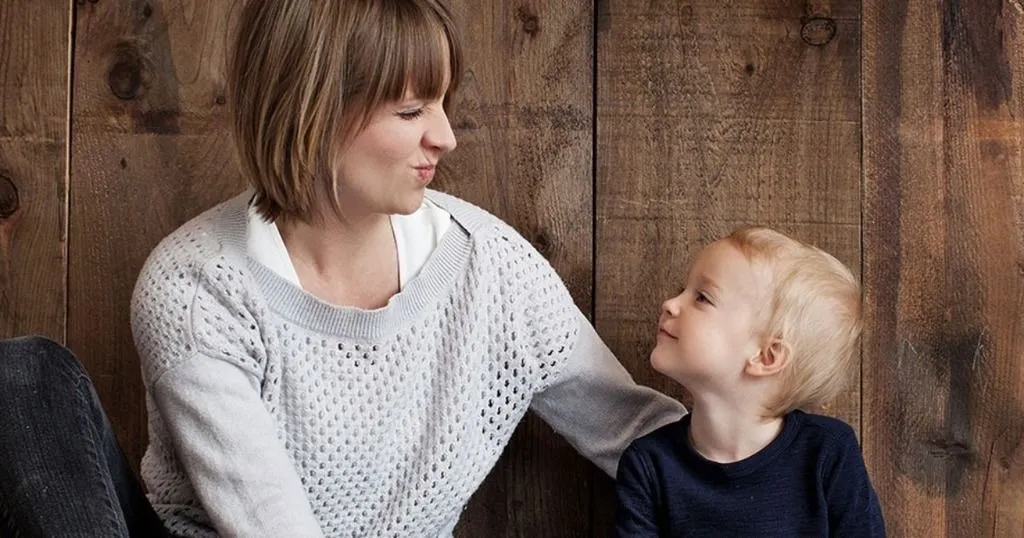
How to study communication in young children
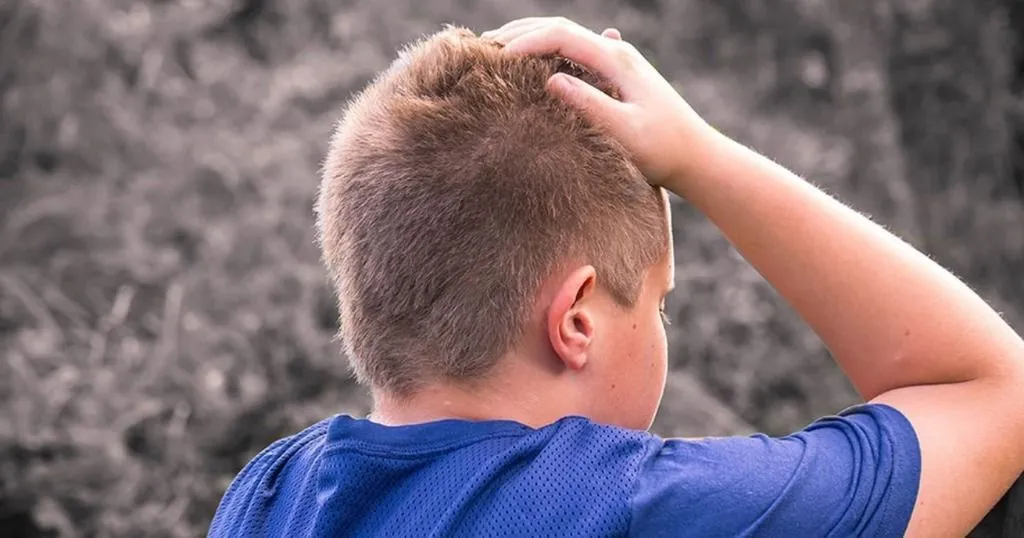
A-bad-influence: Parent substance use disorder and child outcomes

